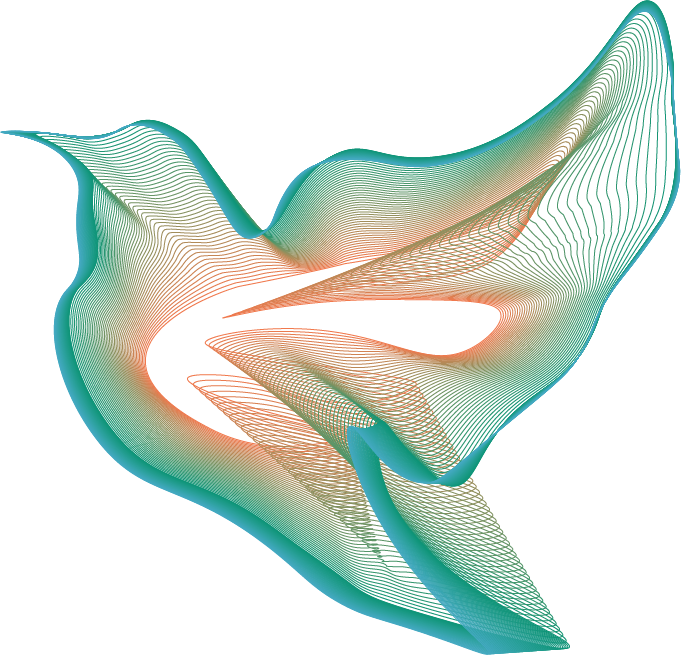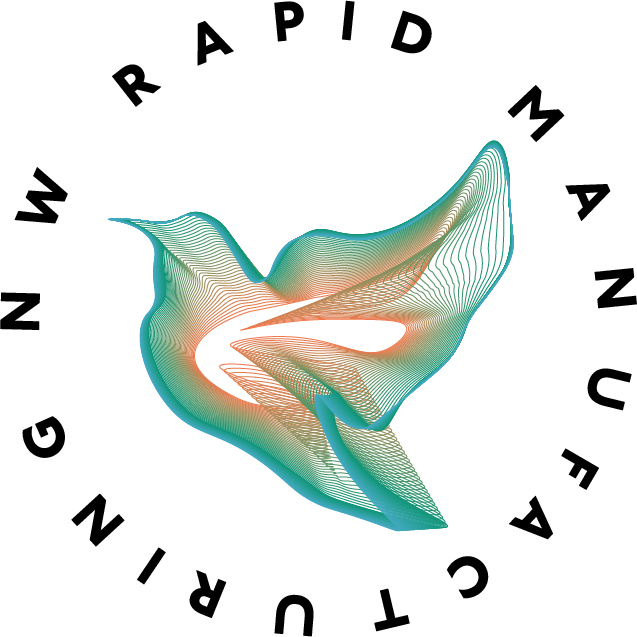
So what are you doing with your prototype?
Business plan? Check. CAD Drawing? Check. We know, you’re like, “I did all of it so now let’s get freaking printing!!!” But before we do that (trust us, we really like the printing part too), we need to establish the goals of your prototype … Because it’s going to determine the type of manufacturing you use.
Business plan? Check. CAD Drawing? Check. We know, you’re like, “I did all of it so now let’s get freaking printing!!!” But before we do that (trust us, we really like the printing part too), we need to establish the goals of your prototype … Because it’s going to determine the type of manufacturing you use.
Your business plan will actually come in handy for this step! So pull that puppy out. Go through your business plan and find where you distinguish what your prototype is for … What is the goal of prototyping for you? Are you going for proof of concept? Are you planning to do investor show and tells? Are you prototyping for look and feel? Are you looking for areas of improvement? Maybe you’re looking for quality assurances? This may be a shock to you but … You wouldn’t print your prototype with the same material for every goal. We’ll explain…
First, let’s establish your goal
Even if you didn’t specifically say in your business plan “____ is my goal of prototyping,” we’re confident that you can find the goal of your prototype within it (as long as it’s a pretty well-thought-out plan). Review your business plan and look for mentions of making design adjustments, establishing look and feel, finding investors, improving for manufacturability … For any of those things you’re going to need a prototype. As you go through, find a way to mark each time you think you’ll need a prototype. In some cases, you’ll be able to use the same prototype for multiple goals. In others, you’re going to need multiple iterations of your prototype or you’ll need different kinds of prototypes, for example one that is for display and one that is for look and feel.

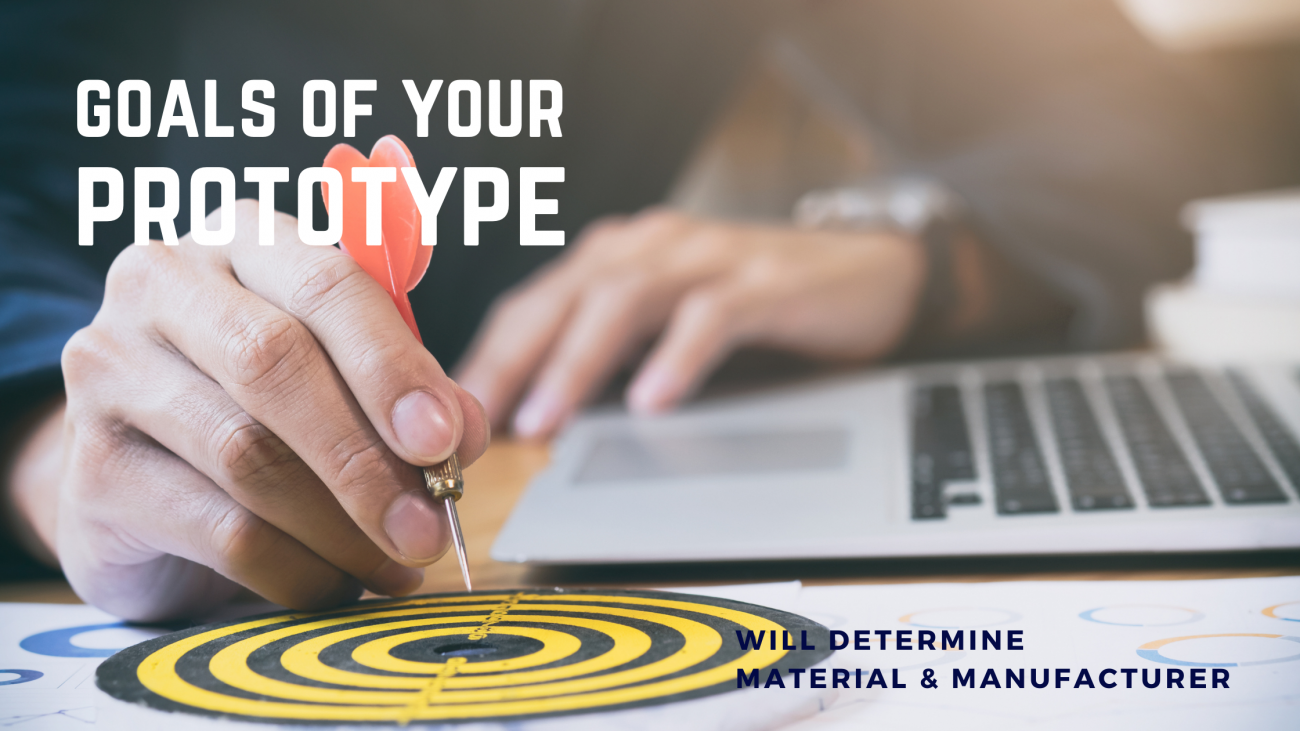
Why would goals change prototype manufacturing?
Because it’s going to change your material. If your goal is to establish look and feel, then you are going to use a material that most closely resembles the end product. For example, you would use nylon 12 SLS (selective laser sintering) to approximate the look and feel of injection molded ABS (Acrylonitrile Butadiene Styrene). If your goal is to aid in pitching to investors, then you might want to do a material that is sturdy and is as few parts as possible (less opportunity to break with regular handling and packing). If your goal is to prototype for improvement, then you are going to be testing different materials that offer different potential improvements.

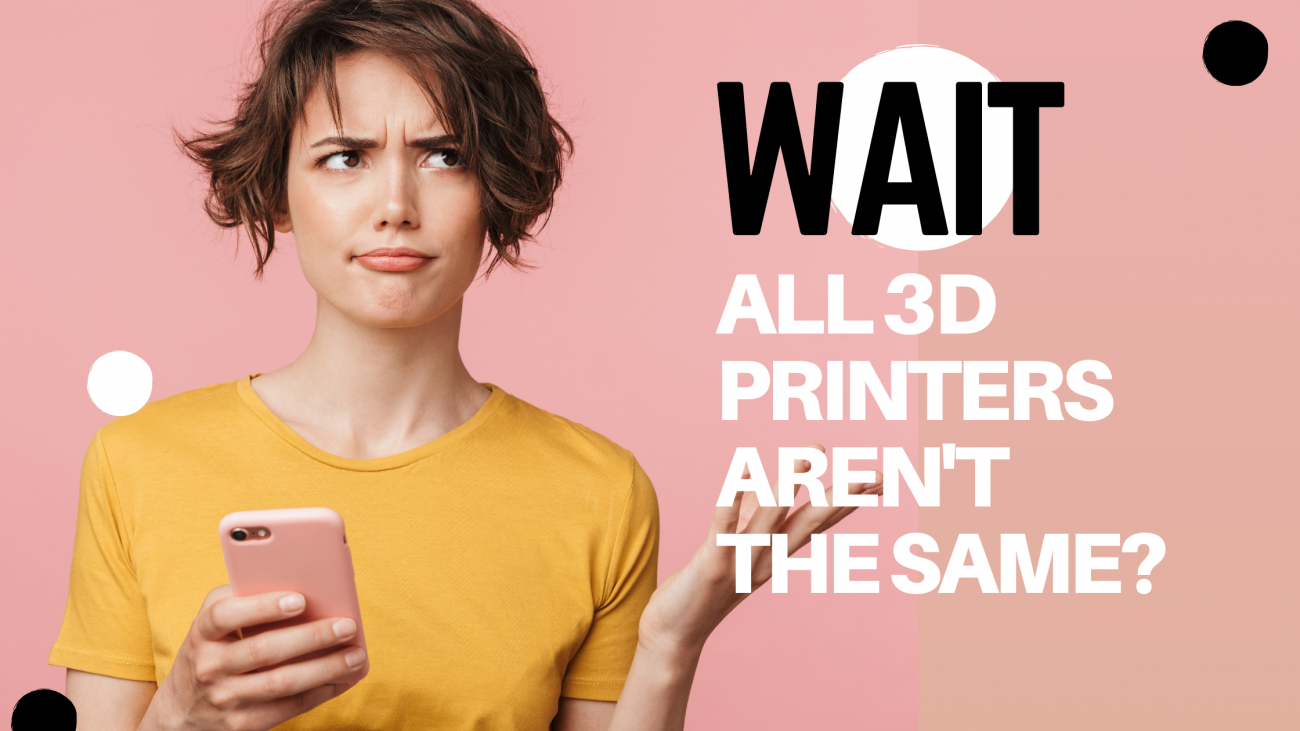
Why would my material choice impact my manufacturer?
We know, it’s confusing. We all call ourselves 3d printers so we should all print with the same stuff right? Unfortunately (or fortunately, depending on how you look at it), no, that’s not the case at all. For example, we do SLS (Selective Laser Sintering), which means that lasers (yes, freaking lasers!) melt layers into powder to create a product. The materials we use to do this include nylon 11 and 12, plain and filled with cool stuff like carbon fiber or glass. Desktop printing on the other hand (which you probably associate the most with 3d printing because it tends to be the most visible form of 3d printing) uses plastics like ABS and PLA in filament form.
Every type of 3d printing and every material has its merits. What you need to do is match those merits with your prototype goal. Lucky for you, we have a chart. This chart breaks down the technology used, the common name you’ll hear them by, how they work, the materials used, and characteristics of note. Once you find a material and printing process that sounds like a fit, take a deeper dive into understanding the pros and cons specific to your project, such as:
- Durability and flexibility
- Printing more than one component together
- Color or no color
- Smooth or rough finish
- UV light exposure

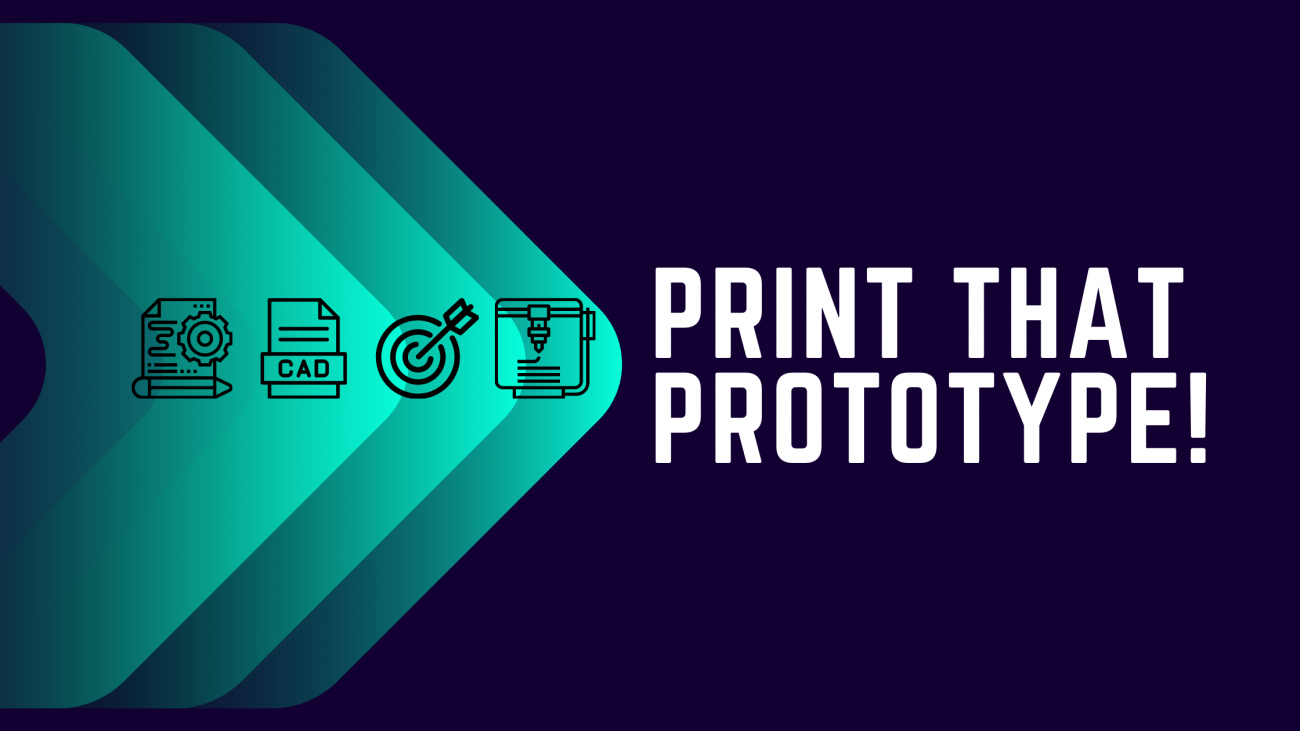
We know what you’re wondering … Can I print my prototype now??? Yes! Are you done prototyping? It depends …
Now that you have your business plan in place, your engineered/industrial designed CAD file “in hand,” your goal established, and your materials and 3d printing technology chosen, you are absolutely ready to print! You can easily find a 3d printing company based on the technology that fits your prototyping project, and don’t hesitate to reach out to more than one company. You’ll notice different companies will be more hands on/hands off, will provide different printing timelines, will offer suggestions or just send back a quote. Find the company that fits both your budget and your project needs!
And you're done prototyping … Maybe …
If your 3d printed prototype turns out the way you wanted/needed it to be, then you’re done (yay) and you can move on to the production process. As you can imagine, that’s not often the case. So, if you need to make design changes, then you aren’t quite done, and this printed prototype is the first of x-number of iterations until you get what you need to move on to manufacturing. Once you do have the prototype you want in your hand, you would complete a design review and then determine next steps - Do you go straight to production? Will your production be with Injection Molding (IM) or something else? Do you continue SLS until your Injection Molding tool and sequence is up and running?
